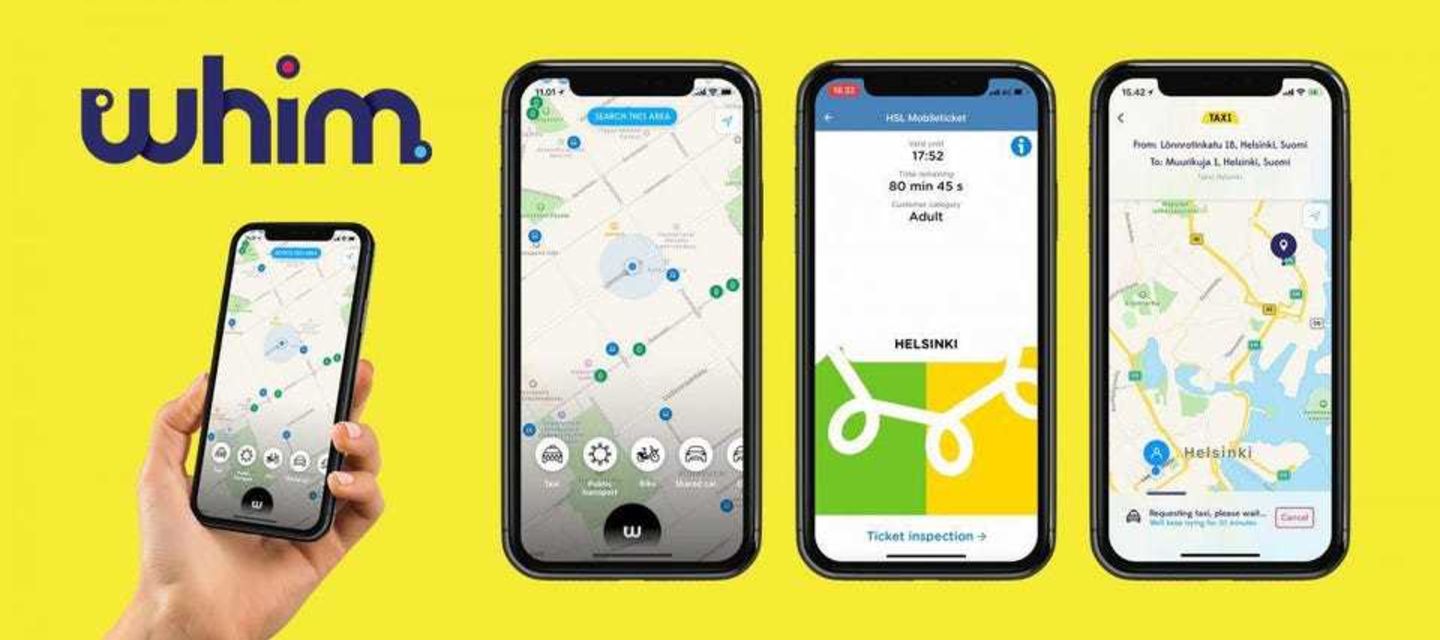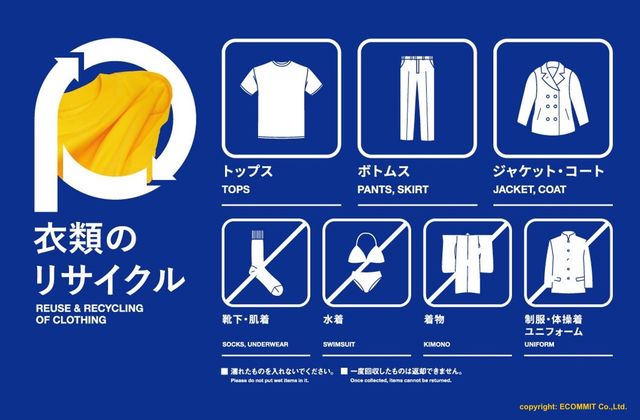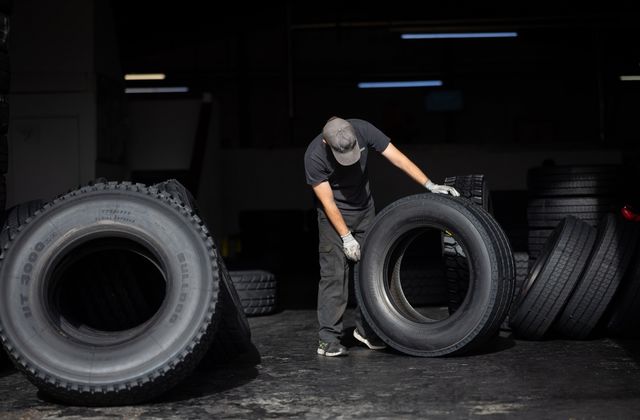Sector: Digital platforms
What is it? Whim offers mobility as a service by combining different modes of transport – public transportation, city bikes, e-scooters, ferry tickets, taxis and affordable rental cars – in one app. Whim’s goal is to replace 1 million private cars with Whim subscriptions by 2030 (Whim, 2021a).
Why is this important?
Inner-city mobility, and especially cars, have a high environmental impact due to their high emissions and congestion (Tukker et al., 2016). Cars stand idle around 95 % of the time. And even though they are made for 4-5 people, they carry on average only 1-2 passengers (EMF, 2015). Fast growing cities around the world will not be able to support individual car mobility, due to space constraints and the need to manage rising levels of pollution and congestion. Finding solutions that manage to reduce the overall number of cars are therefore needed.
Main resource strategy:
- Narrowing resource flows by offering lighter forms of mobility that incentivize people not to own a personal car, thereby reducing the overall number of cars in a city (Whim, 2021a).
- Regenerating resource flows by offering e-mobility only that can be charged (theoretically) with renewable electricity from the grid.
Business model aspects:
- Value Proposition: Flexible shared mobility in one app where users can choose from a variety of mobility modes available in their city.
- Value Creation & Delivery: Contracts with different mobility providers, app development, and platform orchestration and maintenance, marketing
- Value Capture: Whim offers different mobility packages like season and serial tickets for frequent travelers, which include access to public transportation and reduced fees for rental cars and other vehicles (Whim 2021b).
Business model experimentation practices: During the introduction of Whim in Antwerp, the idea was to go straight into the market and move beyond pilots, which the city welcomed. Ralph De Jong, MaaS Global's Launch Manager for Benelux, is convinced that this is the best approach, because “after all, you only learn how a product falls in a market by just actually going into a market” (Verkeersnet, 2021).
Sustainability outcomes: Whim seeks to replace 1 million private cars with Whim subscriptions by 2030 (Whim, 2021a). The goal is to shift people’s behavior from using private cars to using a mix of more sustainable mobility options, like public transport or e-bikes.
Sources:
EMF, 2015. Growth Within: A Circular Economy Vision For A Competitive Europe. Ellen MacArthur Found. 100. https://doi.org/Article
Tukker, A., Bulavskaya, T., Giljum, S., de Koning, A., Lutter, S., Simas, M., Stadler, K., Wood, R., 2016. Environmental and resource footprints in a global context: Europe’s structural deficit in resource endowments. Glob. Environ. Chang. https://doi.org/10.1016/j.gloenvcha.2016.07.002
Verkeersnet (2021). Whim-app actief in Antwerpen: ‘Geen pilot, maar doorpakken’. Accessed 5 May 2021 at: https://www.verkeersnet.nl/mobiliteitsbeleid/27677/whim-app-actief-in-antwerpen-geen-pilot-maar-doorpakken/
Whim. (2021a). Sustainability. Accessed 5 May 2021 at: https://whimapp.com/sustainability/
Whim. (2021b). Plans. Accessed 5 May 2021 at: https://whimapp.com/helsinki/en/plans/
***
About project Circular X
Project Circular X is about ‘Experimentation with Circular Service Business Models’. It is an ambitious research project funded by the European Research Council (ERC) which supports top researchers from anywhere in the world. Project CIRCULAR X runs from 2020-2025. The project is led by Principal Investigator (PI) Prof Dr Nancy Bocken, who is joined by a multidisciplinary team of researchers at Maastricht Sustainability Institute (MSI), Maastricht School of Business and Economics, Maastricht University. The project cooperates with businesses who want to innovate towards the circular economy.
Project Circular X addresses a new and urgent issue: experimentation with circular service business models (CSBMs). Examples of such new business models include companies shifting from selling products to selling services and introducing lifelong warrantees to extend product lifetimes. However, CSBMs are far from mainstream and research focused on experimentation is little understood. The research aims to conduct interdisciplinary research with 4 objectives:
- Advancing understanding of CSBMs; their emergence and impacts
- Advancing knowledge on CSBM experimentation
- Developing CSBM experimentation tools
- Designing and deploying CSBM experimentation labs
Funding source
This project has received funding from the European Research Council (ERC) under the European Union’s Horizon 2020 research and innovation programme, grant agreement No. 850159.
Using of this information
When you refer to this case, please use the following source:
Circular X. (2021) Case study: Whim. Accessed from www.circularx.eu



